- Home
- Best Energy Efficient Home Upgrades
My Top 5 Best Energy Efficient Home Upgrades to Reduce Your Bills
What are the best energy efficient home upgrades? Is a question I get asked a lot from people in your exact position, who want to make their home more energy efficient and reduce their bills.
The very fact that you’re on this page would suggest, you’re fed up receiving stupidly high bills every month or quarter and you’re trying to figure out how you can reduce them!
You’re also probably totally confused by all the information (or misinformation) you’ve found online and your head’s likely spinning. I understand, at one point I was where you are now, and the good news is I can help! I can break it down to a simple list of things that you should be doing, or at least considering doing, before you do anything else.
But firstly, I’m going to tell you something, that I’m guessing not a lot of other people are telling you (probably because they want to sell you their products)…
You don’t need to be looking at solar panels, heat pumps and all the other trendy (and expensive) technologies.
At least not at this point.
So what are my top 5, best energy efficient home upgrades?
The most important thing you need to be looking to improve, before anything else, is the fabric of your home.
What do I mean by that?
The fabric of your home is basically the outer envelope of the building. Such as the roof, walls and floor. These are your first and last lines of defence when it comes to retaining the heat in your home.
In order to retain the heat, they need to be well insulated and as draught free as you can get them. As with most things, it’s not just a simple case of sealing up the draughts and sticking up some insulation from your local builders merchant.
Yes that would stop draughts and insulate, but it can quickly cause issues like mould, smells and damp etc. if you use the wrong materials.
So points one, two and three of my top 5, best energy efficient home upgrades are:
Best Energy Efficient Home Upgrades
1. Insulation:
Regardless of whether you’re looking to insulate your roof, walls or floor (and I would suggest that you should be at least considering improving them all. It’s really important in older homes that you maintain the breathability of the structure. So, no manmade materials that will trap moisture within the fabric or against timbers.
Natural insulation materials such as wood fibre or sheep's wool are great at absorbing and releasing water vapour without affecting their ability to insulate. They’re non-toxic and really easy to work with. Just follow the links in the text to see more detailed articles relating to the various structural elements.
2. Draught proofing:
If your home has draughts, and if it’s an older home, it will have draughts, you need to seal them up. Draughts allow the heat within your home to be replaced by cold air which cools your home and means your heating has to fire up more often in order to replace that lost heat.
Then 15 minutes later the draughts have replaced all the heat again and the process starts all over. You can see where I’m going with this!
So it’s really important to reduce the draughts as much as you can. BUT, do not confuse draughts with ventilation.
3. Ventilation:
Ventilation is essential to get rid of water vapour, smells and stale air within your home. Think trickle vents in windows, extract fans in kitchens and bathrooms, whereas draughts are gaps in the fabric of your building such as, around windows and doors and where services go through walls and floors etc.
An easy way to think about it is ventilation is designed into your building and draughts are defects that are typically caused by poor workmanship and poor attention to detail.
Once you get these first three aspects right, even an old inefficient boiler will become cheaper to run as it will have to turn on less often, because your home will retain its heat for longer.
Now we get into the best energy efficient home upgrades that give you the biggest bang for your buck.
4. LED lighting:
LED lighting is a no brainer. If you’re still using halogen recessed ceiling bulbs, standard fluorescent tubes or even the curly CFL bulbs within your home, you need to upgrade to LED.
They can seem expensive when you have to buy them initially, especially if you have a lot to buy. But they last a lot longer than traditional bulbs and they’re a lot cheaper to run. They would typically pay for them selves within 1-2 years.
5. Smart radiator thermostatic radiator valves (TRVs):
You could replace your existing boiler with an all singing, all dancing, combination condensing boiler and it would probably be more efficient, but at what cost?
It would cost several thousand pounds to install and might save you a few hundred pounds a year!
Don’t get me wrong, if your boiler is old and on its last legs then replacing it is probably the right thing to do.
But if your boiler is working fine, then it is maybe something to think about again in a few years. There are other more cost effective things you can do to improve the efficiency of your current heating system.
Most of us have thermostatic radiator valves fitted to our radiators and if you’re anything like me, you probably have them set to maximum and never look at them again. Thankfully, there is now a better way, and the beauty is anyone can fit them, without having to pay a tradesperson to come and do it for you.
Smart radiator valves replace your old analog ones and transform your home heating system into a smart heating system. If your existing system as only got a programmer that turns your heating on and off you can now make it smart very easily. Even if you have a fairly comprehensive system with several zones allowing you to control upstairs and downstairs separately, you could improve it hugely with smart TRVs as they create a separate smart zone in every room!
The smart TRVs allow you to control every room in your home individually and you can control them by time, day and temperature. So if you work Monday to Friday 9 - 5 you can set that room to be at say 19º C between those hours and if you have to go away for a few days you can set it to maintain say 13ºC. You can even use geofencing to automatically turn the heating down when you leave the house and back on before you get home. Here’s a link to a review I recently wrote on the Tado smart TRV's I installed.
Conclusion:
The first things you need to get right is the fabric, so insulation, draught control and ventilation. Then my personal favourites that will save you a lot for a relatively small outlay are LED lighting and smart radiator valves.
I know, it all sounds very simple when I say it like that, and it is to an extent.
But when you get decide to upgrade your home to make it more thermally efficient there are lots of other things that you can do and often that’s when people can end up getting confused. But it doesn’t need to, as I’ve got a good guide to help you! (link to ebook).
If you enjoyed this article and would like to receive regular tips on how to make your older home more energy efficient, sign up for my newsletter below . You'll also receive a FREE copy of my "Simple Energy Reduction Tips" ebook.
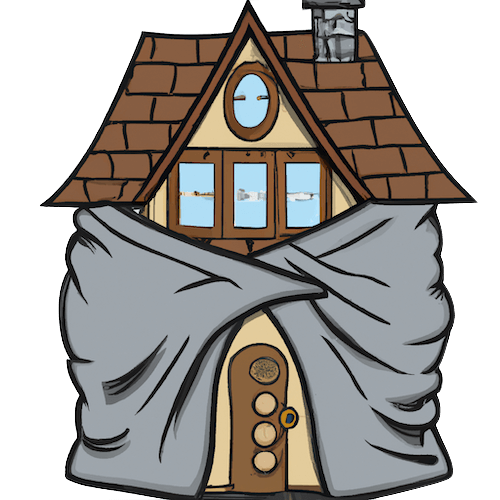
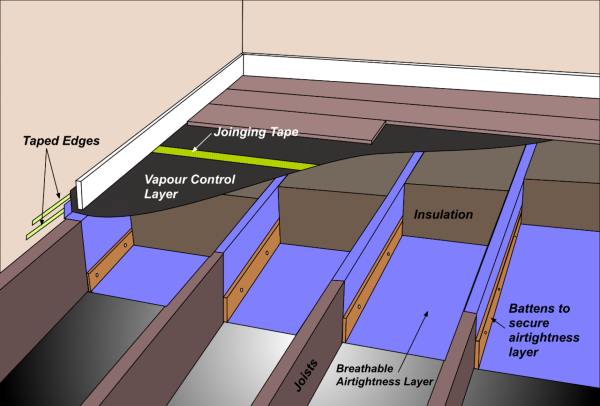
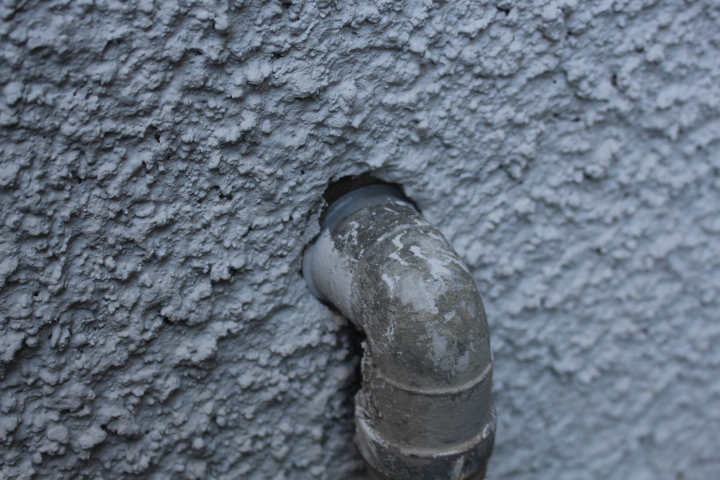
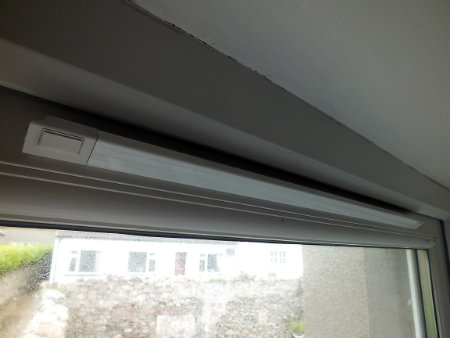

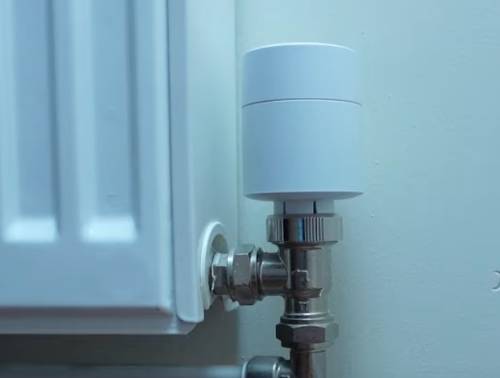







New! Comments
Have your say about what you just read! Leave me a comment in the box below.